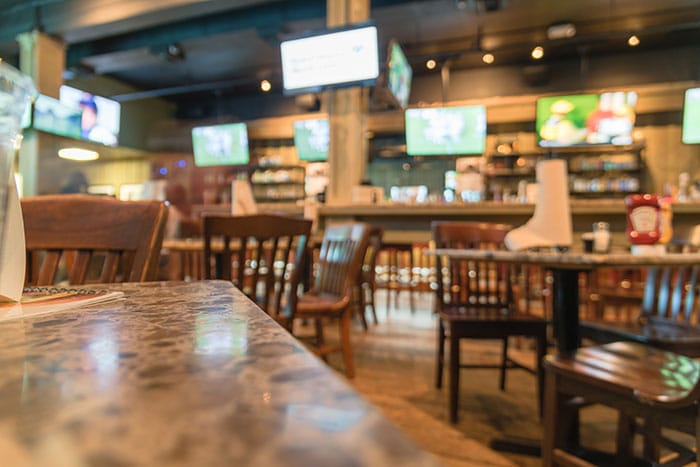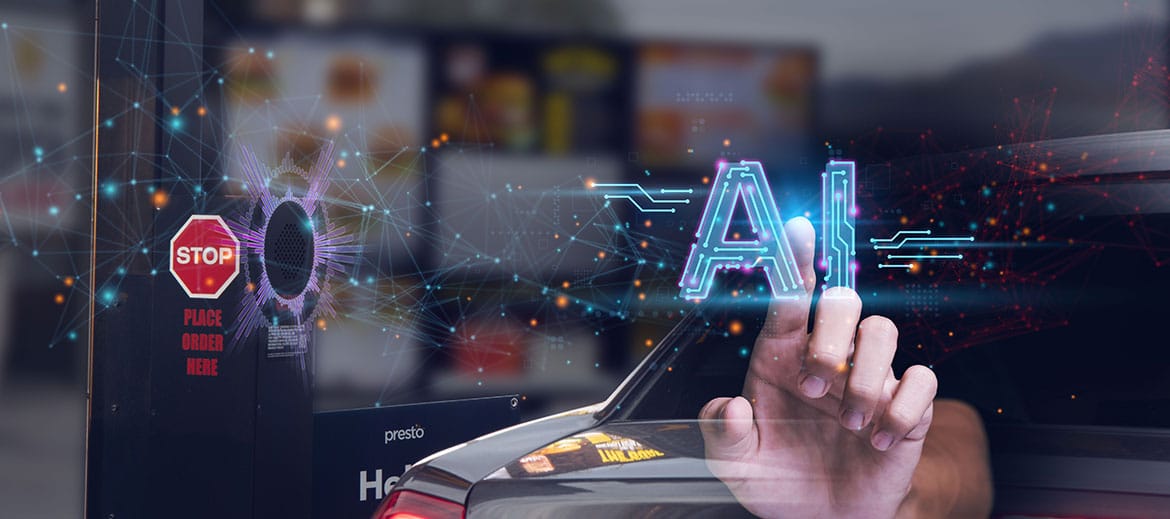In the restaurant industry today, server turnover is not the only problem on the minds of restaurant owners and operators. Another major pain point is the fact that the available labor pool is dwindling due to the low unemployment rate, and at higher costs.
Why Is There a Labor Shortage in the Restaurant Industry?
The US restaurant industry has relied on a relatively cheap and plentiful labor source because of a large influx of immigration. Restaurants have always been powered by the wave of immigrants into the country as a supply of cheap labor.
But as the minimum wage and crackdowns on immigration increase, and as birth rate slows in this country, it becomes harder and harder for the restaurant industry to maintain that labor advantage.
A Shrinking Restaurant Industry?
As labor becomes more scarce in the restaurant industry, it becomes increasingly difficult to maintain a profitable restaurant. Labor has become over 35% of restaurants’ cost of sales, which is a huge portion of their operating costs. The cost has skyrocketed. In fact, the number used to be under 20% not long ago. As a result, restaurants are shutting down their stores due to unprofitability.
This is already a reality in Japan. In Japan, restaurants are reducing hours and shutting down stores because they cannot hire enough workers. With over 28% of the population already aged over 65 and the percentage still growing, there’s not enough people to run restaurants in Japan. As this forces more restaurants to close down, what results is a shrinking restaurant industry.
The same thing already happens in Europe where the cost of labor is much higher. That means the prices that people pay when they go to restaurants are much higher. With less people who can afford to dine at restaurants, there are fewer restaurants open overall.
Technology as a Solution to the Labor Problem
Restaurants nationwide are struggling to keep their doors open. The only viable solutions are to shut down their restaurant, or to acquire technology to make their labor more efficient and more productive. As a matter of fact, leveraging technology has become a highly cost-saving option for restaurant operators. Server handhelds can result in up to 26% larger check sizes, and achieve a 10:1 table to server ratio.
As the cost of either compensating existing labor or hiring more labor goes up, the cost of technology relative to the cost of labor actually goes down. Suddenly, it has become more economical for restaurants to make investments in technology. This cost advantage is driving high levels of demand for solutions that can help with making staff members more productive.
Technology is especially appealing to restaurants who are looking to expand their stores, but are struggling to staff their existing locations. It has become a necessity for restaurants to adopt technology to combat the labor shortage, or they’ll end up in a shrinking environment.
The Future of the Restaurant Industry
There is one benefit to the low unemployment rate worth noting. A majority of fast casual and casual dining chains rely on healthy consumer spending to grow. As unemployment decreases and wages grow, workers are making more money that can be spent on restaurants. Theoretically, the restaurant industry can benefit from the boom in demand that results from low unemployment.
The key is to navigate the labor shortage problem while riding the boom in demand. If a restaurant experiences higher demand and also leverages technology to make its business more efficient, it’ll land the most profit in the years to come. Restaurant owners who embrace technology will have the ultimate advantage.



